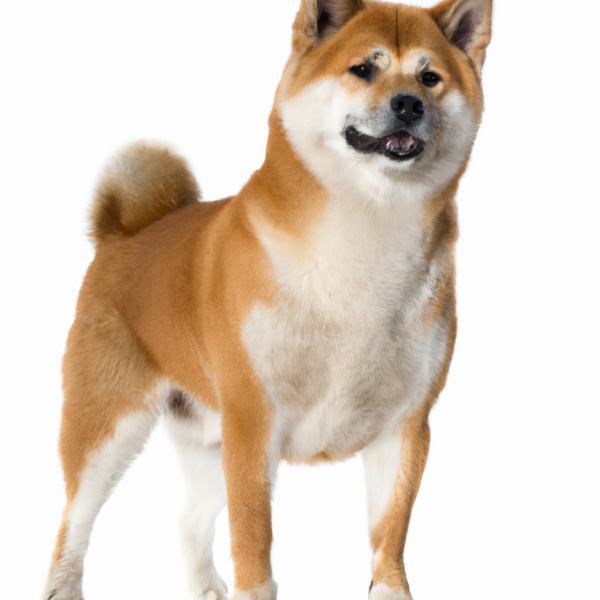Papi-Inu vs. Bull-Aussie: Breed Differences and Similarities
Hypoallergenic
Are Papi-Inus or Bull-Aussies hypoallergenic, or neither?
Unfortunately, neither Papi-Inu nor Bull-Aussie are hypoallergenic, which may not make them the best choice for dog lovers who suffer from pet allergies.
Temperament
What are the personalities of Papi-Inu and Bull-Aussie dogs?
Happy
Energetic
Alert
Intelligent
Confident
Friendly
Going
Fearless
Keen
Faithful
Charming
Active
Loving
Protective
Courageous
Intelligent
Friendly
Affectionate
Social
Sweet
Aggressive
Good-natured
Shedding Level
Do Papi-Inus shed more than Bull-Aussies, or which breed sheds more, Papi-Inus or Bull-Aussies?
Papi-Inu or Bull-Aussie dogs are not heavy shedders, but they will lose a significant amount of hair each year. To decrease the amount of shedding, you can regularly brush your Papi-Inu or Bull-Aussie. This will remove loose hair and keep their coat growing in the same direction.
Ancestry
What are the origins of Papi-Inu and Bull-Aussie breeds?
Papillon and Shiba Inu
Australian Shepherd, English Bulldog
Date of Birth
When were Papi-Inu and Bull-Aussie breeds first developed?
Unknown
Eye Color Possibilites
What are the eye colors of Papi-Inu and Bull-Aussie dogs?
Brown
Blue
Brown
Nose Color Possibilites
What are the natural nose colors of Papi-Inu and Bull-Aussie?
Black
Black
Coat Color Possibilites
What are the natural colors of the coat for Papi-Inu and Bull-Aussie breeds?
Black
Brown
Red
Cream
White
Brindle
Black
White
Cream
Coat Length
What is the typical coat length for Papi-Inu and Bull-Aussie breeds?
Papi-Inus have medium-length coats.
Bull-Aussies have coats that can be either short or medium in length.
Coat Density
What is the density of the coat of Papi-Inu and Bull-Aussie?
Coat Texture
What is the hair texture of Papi-Inu and Bull-Aussie?
Straight
Litter Size
What is the usual litter size for Papi-Inu and Bull-Aussie?
A Papi-Inu can have a litter of 2-4 puppies on average. However, it's worth noting that the size of the litters can vary greatly. Factors that can influence litter size include the health of the mother, breeding history, and genetics.
A Bull-Aussie can have a litter of 6-9 puppies on average. However, it's worth noting that the size of the litters can vary greatly. Factors that can influence litter size include the health of the mother, breeding history, and genetics.
Adaptability
Papi-Inu and Bull-Aussies are known for their adaptability and versatility. They are capable of adapting well to a wide range of lifestyle changes and living environments, making them great companions for families and individuals of all lifestyles.
Health Issues
Between Papi-Inu and Bull-Aussie, which breed is more prone to health problems?
While the Papi-Inu breed is generally healthy, occasional vet check-ups are still necessary to address any health concerns.
Bull-Aussies typically have low vet costs due to their good health, but it's important to monitor their health and seek vet care when necessary.
Major Concerns
What are the major health concerns for Papi-Inu and Bull-Aussie breeds?
Hip Dysplasia
Von Willebrand's Disease
Mitral Valve Dysplasia
Entropion
Deafness
Cherry Eye
Hip Dysplasia
Hypothyroidism
Dry Eye
Minor Concerns
What minor health issues should be kept in mind when owning Papi-Inu and Bull-Aussie?
Cataracts
Follicular Dysplasia
Progressive Retinal Atrophy (PRA)
Cataracts
Retinal Dysplasia
Diabetes
Heart Murmur
Occasional Tests
What occasional tests are recommended for Papi-Inu and Bull-Aussie breeds?
Brain Auditory Evoked Response (BAER)
Internal Imaging (x-ray, CT scan, MRI, etc.)
Blood And Urine Analysis
Full Chemistry Panel Tests and Blood Count
Eye Examinations (both internal as well as external)
Echocardiography (ultrasound)
X-Rays
Eye Examination
Electrocardiogram
Complete Blood Count
Brain Auditory Evoked Response (BAER)
Thyroid Panel
Social Needs
Papi-Inu vs Bull-Aussie social needs comparison
Papi-Inu and Bull-Aussie have above average social needs compared to other breeds. They thrive in environments where they have a lot of interaction with humans and other dogs.
Sleeping Need
Which of the two sleeps the most/least: Papi-Inu or Bull-Aussie?
Papi-Inus sleep less than other breeds but still need adequate sleep for good health.
Bull-Aussies have moderate energy levels and typical sleep patterns of 12-14 hours per day.
Mouthiness
Mouthiness Comparison: Papi-Inu vs Bull-Aussie?
Roaming urge
Papi-Inu vs Labrador: Running away tendency?
Prey Drive
Papi-Inu or Bull-Aussie - which breed has a higher level of prey drive?
Activity Level
Which breed has higher energy, Papi-Inus or Bull-Aussies?
Both Papi-Inu and Bull-Aussie are medium-energy dogs that enjoy socializing and playing with other dogs. They may engage in casual or sustained games of chase, and occasionally have bursts of barking or racing around the house.
Tolerance of being left alone
Walks per Week
How many miles should Papi-Inu or Bull-Aussie walk each week?
There's really no limit to how far you walk your dog as long as they're comfortable. For Papi-Inu, it's at least 7 miles / week. Just remember to build distance and stamina gradually over time.
There's really no limit to how far you walk your dog as long as they're comfortable. For Bull-Aussie, it's at least 9 miles / week. Just remember to build distance and stamina gradually over time.
Activity per Day
Do Papi-Inus or Bull-Aussies require more exercise?
In general most Papi-Inus usually need at least 90 minutes of exercise daily. This can be spread across the day and include all sorts of high-energy activities, like walking, running and playing.
In general most Bull-Aussies usually need at least 45 minutes of exercise daily. This can be spread across the day and include all sorts of high-energy activities, like walking, running and playing.
Grooming
Which breed is easier to maintain in terms of grooming, Papi-Inus or Bull-Aussies?
Papi-Inu and Bull-Aussie are breeds of dogs that require an average amount of grooming effort.
Brushing Frequency
What is the recommended brushing frequency for Papi-Inu and Bull-Aussie dogs?
Papi-Inu and Bull-Aussie should be brushed at least once a week. Of course, you can give them more frequent brushes if you find that they are still shedding a lot.
Brushing Tools
What brushing tools are used for Papi-Inus and Bull-Aussies?
Pin Brush
Deshedder
Nail Clipper
Slicker Brush
Comb
Nail Clipper
Cups
How much food should be given to Papi-Inu or Bull-Aussie in cups?
For an average 5-24 pound (2 - 11 kg) Papi-Inu feed 1 cups daily. But, keep in mind, the amount you feed is going to be dependent on the quality of the food you are feeding.
For an average 50-70 pound (23 - 32 kg) Bull-Aussie feed 3 cups daily. But, keep in mind, the amount you feed is going to be dependent on the quality of the food you are feeding.
Daily Cost
Which breed has a higher daily cost, Papi-Inu or Bull-Aussie?
The average cost of a Papi-Inu is somewhere $1.10 - $1.40 per day.
The average cost of a Bull-Aussie is somewhere $2.10 - $2.70 per day.
Monthly Cost
Which breed has a higher monthly cost, Papi-Inu or Bull-Aussie?
The average per month expenses of a Papi-Inu is between $35 - $42. This makes an average of $420 - $504 per year. It will be on the higher side when the dog is still small because it will need more frequent visits to the vet, shots.
The average per month expenses of a Bull-Aussie is between $55 - $73. This makes an average of $660 - $876 per year. It will be on the higher side when the dog is still small because it will need more frequent visits to the vet, shots.
Sensitivity Level
How do Papi-Inu and Bull-Aussie compare in sensitivity?
Papi-Inus have average emotions and adapt well to different situations.
This breed is sensitive to its environment and best suited for patient and understanding families with a consistent routine.
Apartment Friendly
Which breed is more apartment-friendly: Papi-Inu or Bull-Aussie?
Papi-Inu and Bull-Aussie are apartment-friendly dog breeds. They can do perfectly well in apartments providing they are sufficiently exercised and taken out and about as part of their owner's daily lifestyle.
Child Friendly
Do Papi-Inus or Bull-Aussies have a friendlier temperament towards children?
Papi-Inus are good with kids if socialized and trained from a young age.
Bull-Aussies make excellent family pets for kids due to their gentle, protective nature and calm temperament.
Senior-friendly
Which dog is more suitable as a pet for the elderly - Papi-Inu or Bull-Aussie?
Cat Friendly
Do Papi-Inu or Bull-Aussie breeds have a better compatibility with cats?
Papi-Inus and Bull-Aussies are one of the best dogs for cats. They accept cats readily as part of the family. However, this dog breed should be trained to not chase after the kitty early on
Dog Friendly
Which breed is more sociable with other dogs: Papi-Inu or Bull-Aussie?
Papi-Inus are average in their friendliness towards other dogs, and socialization can help.
Bull-Aussies are friendly and active companions, and can be good family pets, though their friendliness towards other dogs may vary.
Pet friendly
How do Papi-Inu or Bull-Aussie dogs interact with other pets?
Stranger Friendly
Which breed is more friendly with strangers: Papi-Inu or Bull-Aussie?
Papi-Inu and Bull-Aussie are friendly dogs and typically won't bark at strangers. However, if you wish to change this behavior, training them is easy thanks to their intelligence, making it pretty simple to teach them anything.
Playfulness
Which breed is more playful between Papi-Inu and Bull-Aussie?
Papi-Inus are a playful breed that needs daily playtime to be happy.
Bull-Aussies have an average level of playfulness, enjoying playtime like most dogs but not excessively so.
Trainability
How do the trainability levels of Papi-Inus and Bull-Aussies compare?
Papi-Inus are usually easy to train but require consistency to fully obey commands.
Bull-Aussies are popular for their ease of training and quick learning ability.
Compare Papi-Inu with other breeds
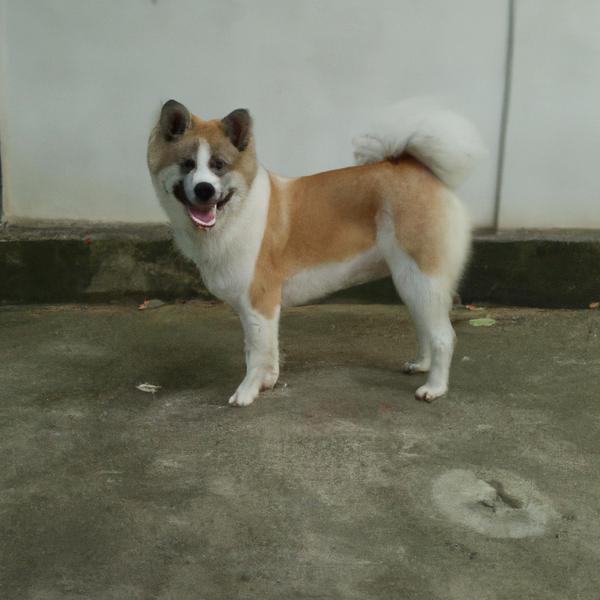
Baskimo
Papi-Inu vs Baskimo
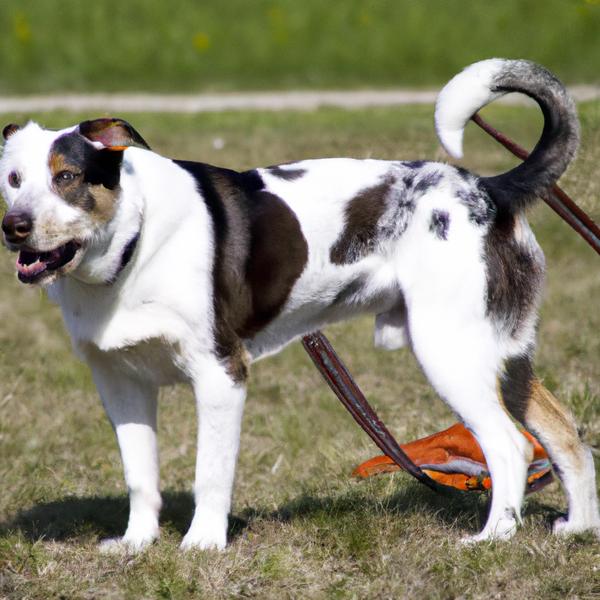
Bull-Aussie
Papi-Inu vs Bull-Aussie
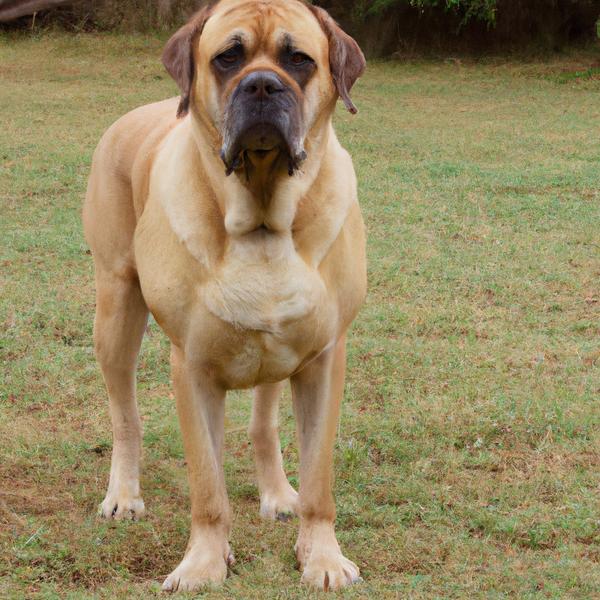
Golden Bullmastiff Retriever
Papi-Inu vs Golden Bullmastiff Retriever
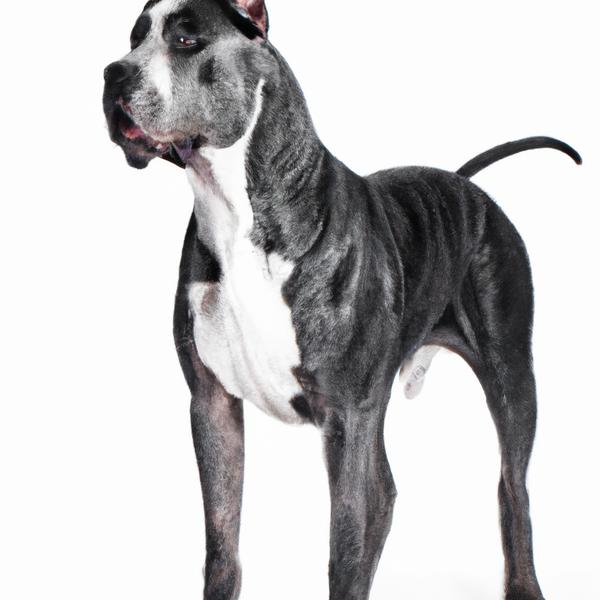
American Bull Dane
Papi-Inu vs American Bull Dane
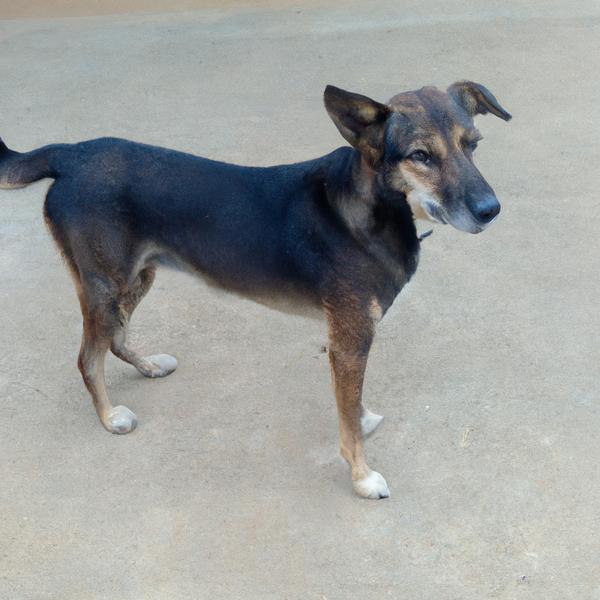
Dusky
Papi-Inu vs Dusky

Shar-Pei Pitbull Terrier
Papi-Inu vs Shar-Pei Pitbull Terrier

New Shep
Papi-Inu vs New Shep

Crested Havanese
Papi-Inu vs Crested Havanese
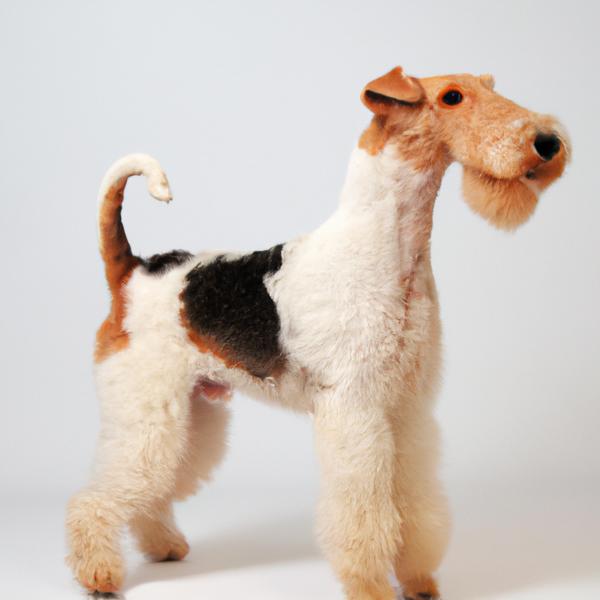
Wire Fox Terrier
Papi-Inu vs Wire Fox Terrier
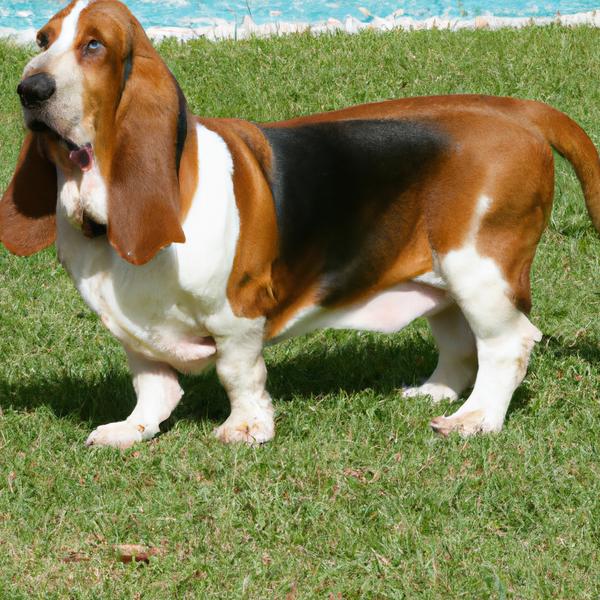
Basset Hound
Papi-Inu vs Basset Hound
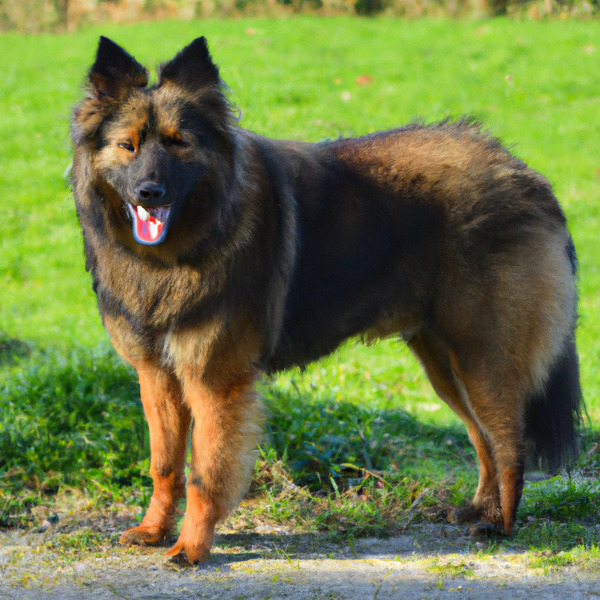
Basque Shepherd
Papi-Inu vs Basque Shepherd
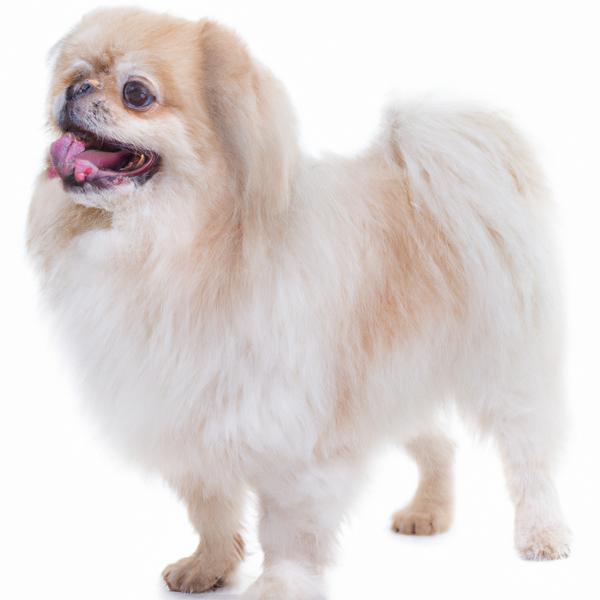
Pom-Shi
Papi-Inu vs Pom-Shi
